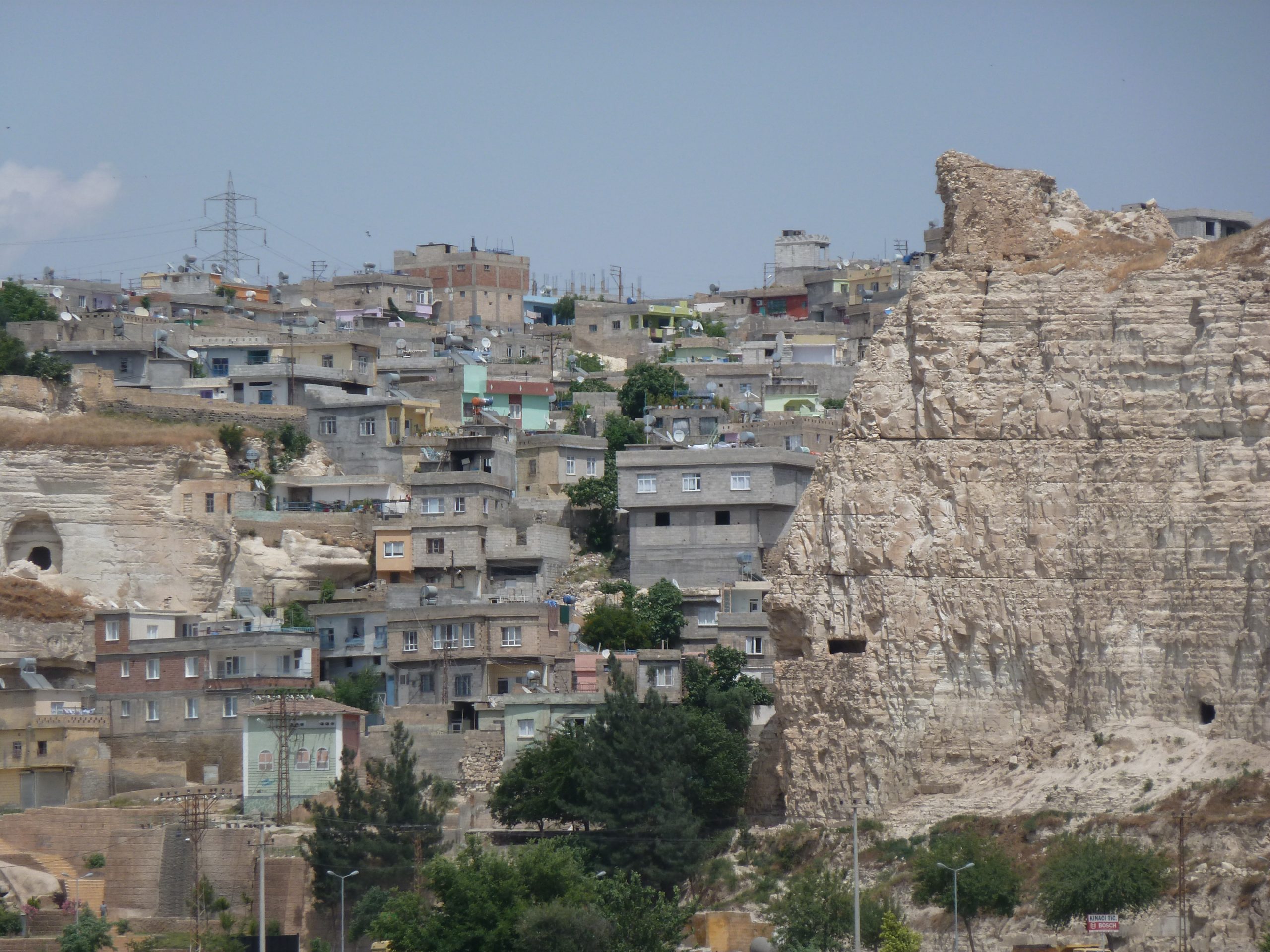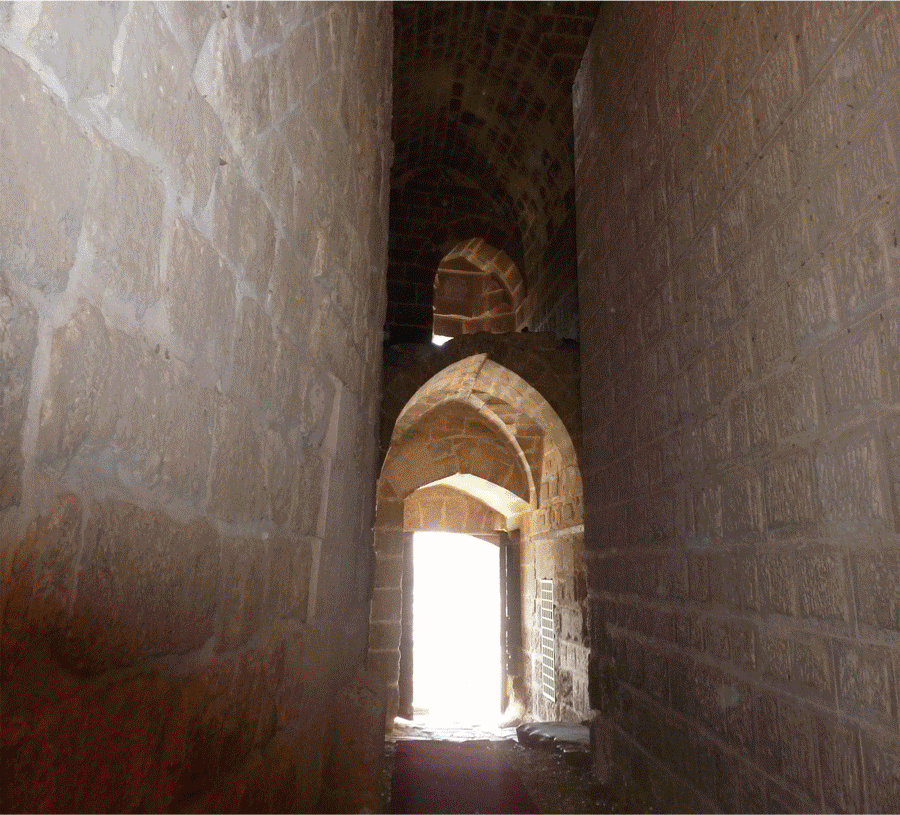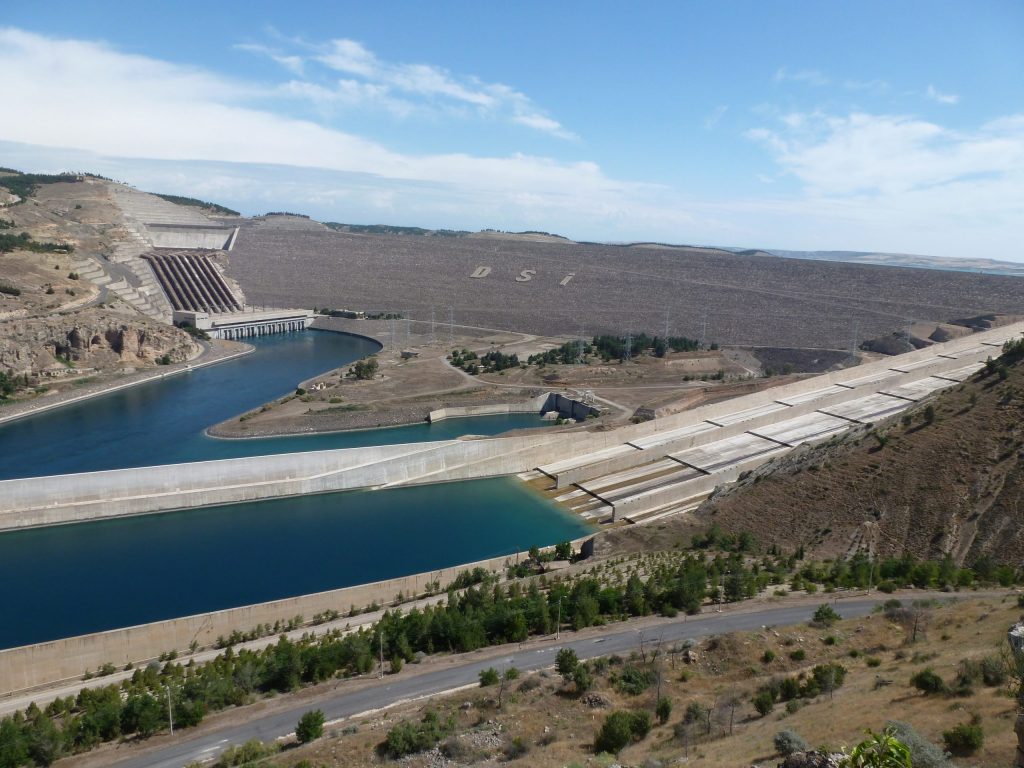
A Fault Ruptures and Hearts Break
A natural event can become a disaster when humans are in its way—like the earthquakes in southeastern Turkey beginning during the early morning hours of February 6, when thousands upon thousands were asleep in buildings that could not withstand the shaking they were subjected to.
I see the images and hear the broadcasts. I send money to provide tents, food, and support to mobilize rescue workers and medical teams from around the globe. But it feels like so little in the face of such suffering .
Earth processes affect us every day. Geologists know this, but most people are not aware of it, until something happens—like a flood, a landslide, or an earthquake. Though it is difficult to find words in this moment, I feel compelled to try. Geologists, like me, study the earth, its structure, and the processes that shape it. And writers, like me, tell the stories of human hearts and the processes that shape them. How could I not try to put words to paper about what is unfolding half a world away? Understanding the science, and relating it to our very human stories, is what led me to the work I am doing.
I am fortunate to have traveled extensively in this part of Turkey, and have such vivid memories.
- Exploring Gaziantep’s Castle, and looking over the city spread out below from its walls.
- Strolling through, and shopping for scarves and sweets, in Şanliurfa’s market.
- Seeing acres of apricots drying in the sun near Malatya on a hot summer day.
- Savoring the ice cream particular only to Kahraman Maraș or the baklava in Gaziantep.
- Sleeping in a caravansary-turned-hotel in Diyarbakır.
- Marveling at the tumulus and statuary atop Nemrut Daǧı, some toppled in previous earthquakes.

Now, in newsreel after newsreel from these cities and beyond, I watch buildings collapse. I read of World Heritage sites damaged or destroyed in the intense shaking. I hold my breath watching miraculous rescues. And I dread to hear of the many who will only be recovered in the coming days, weeks, and months. I fear for the people, like the friendly çayji in Gaziantep who chuckled at my very broken Turkish as I stirred a sugar cube into my tea and we chatted. Is he hurt? Is he even alive as I write these words?
I have written a novel that takes place so near this earthquake’s epicenter that my characters would have been woken, perhaps even thrown from their beds, by the force of the temblor. Many of the characters in the story are geologists and engineers working to construct a fictional dam on the Euphrates River. But there are three very real dams—Atatürk, Karakaya, and Keban—on the Euphrates which almost certainly experienced moderate to severe shaking in these events (though I do not have specific data, I say this based on my understanding of the geology of the region and these structures’ proximity to the East Anatolian Fault Zone). I wonder how those structures have fared, because it is not earthquakes per se that kill people, but structures failing that do. The pictures we are seeing in the news show that all too well. If any of those dams were to fail, the level of human suffering, already almost too much to comprehend, would intensify.

I can only hope that the immense suffering will diminish soon, though for those who have lost loved ones or their homes or their livelihoods or have been injured, I know it will be a long, long road. I can also hope that scientists and engineers learn all they can from these earthquakes, and know that groups like the Geotechnical Extreme Events Reconnaissance (GEER) sponsored by the National Science Foundation and the Earthquake Engineering Research Institute (EERI) will do their utmost to do so. I can hope that politicians will listen to the scientists and engineers and fund needed programs, so when rebuilding does occur, structures will be stronger and safer.
Because we will always be affected by the ground beneath us, we must learn to live upon it, admiring its splendor while also respecting its power. My heart is with the people of this beautiful region in these devastating days.
If you want to support relief efforts in Turkey and Syria, here are links to articles in the Washington Post and New York Times that may help you choose how:
https://www.washingtonpost.com/world/2023/02/06/how-to-help-turkey-syria-earthquake/
https://www.nytimes.com/2023/02/06/world/europe/helping-earthquake-victims-turkey-syria.html?name=styln-turkey-earthquake®ion

Recent Comments